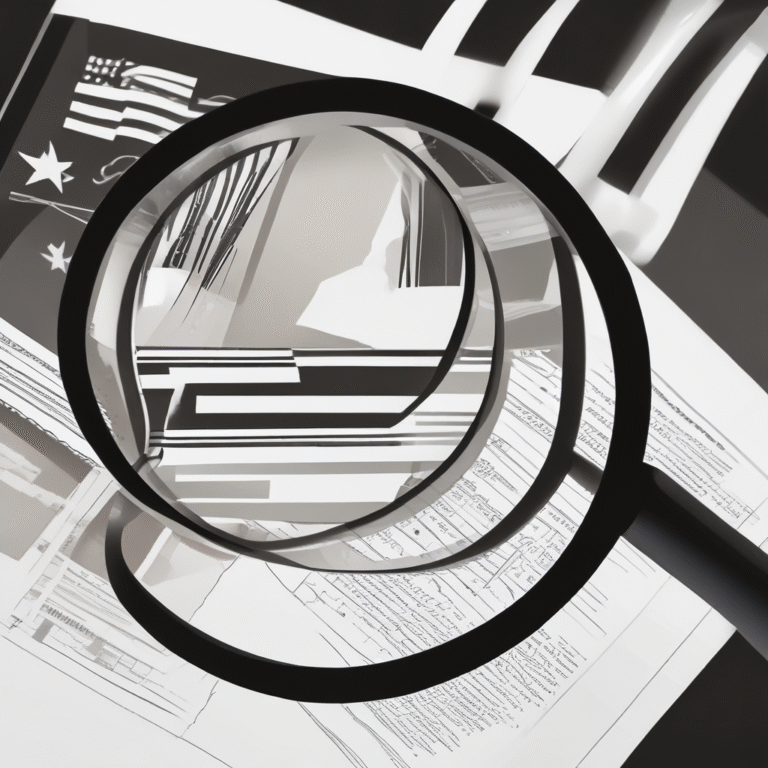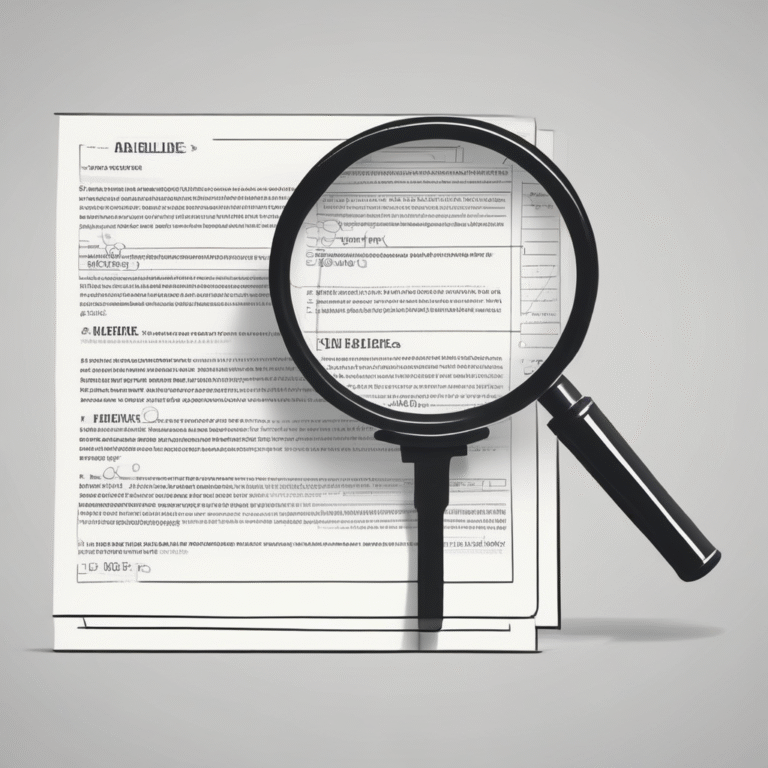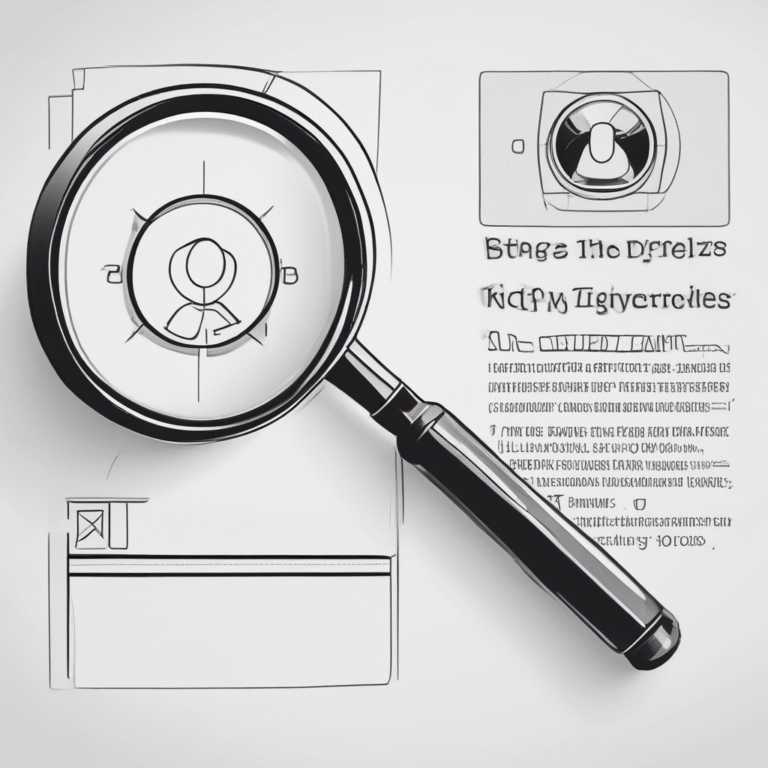Diverse Global AI Regulations Impacting Model Design
The landscape of artificial intelligence (AI) is rapidly evolving as diverse regulations across the globe impose new challenges for companies. Gone are the days when businesses could launch sophisticated AI software worldwide without significant regulatory concerns. Now, organizations must navigate a complex web of rules that vary by region, forcing them to reconsider their software design strategies.
The Regulatory Landscape
The European Union is in the process of finalizing the world’s most comprehensive AI Act, while the United States adopts a more decentralized approach, implementing regulations on a state-by-state basis. This is further complicated by a proposed federal moratorium on local enforcement. In contrast, Asian countries like Japan and Singapore are developing lighter, more flexible regulatory frameworks that encourage innovation.
The absence of a universal rulebook creates a fractured regulatory environment. Global enterprises are faced with the dilemma of either slowing down innovation to comply with the strictest standards or risking costly missteps in less stringent markets. This scenario presents one of the most complex strategic challenges for international businesses today.
The New Risk Equation
As companies confront a regulatory map that shifts with every border, they must engage in a delicate balancing act. Moving too quickly may result in products that violate new laws, while moving too slowly could mean losing competitive advantage to more agile rivals. The traditional approach of designing, building, and launching globally is becoming obsolete.
This new dynamic leads to a risk equation that is often uncomfortable. Previously, businesses could navigate legal grey areas in favor of speed, particularly during the early stages of AI innovation. However, with severe penalties from the EU and increasing enforcement in the US, the margin for error is rapidly diminishing.
Some organizations are now reconsidering not just how they build products, but where they launch them first. Markets such as Singapore are emerging as low-friction entry points due to supportive schemes for innovation and foreign investment, while other regions are approached with heightened caution. The era of global AI rollouts is, for the moment, on pause.
From Uniformity to Localisation
The days of creating AI products for uniform global release are fading. In response to the patchwork of emerging regulations, leading enterprises are now designing for localization from the outset. This approach prioritizes both flexibility and compliance.
Instead of deploying identical AI features across all markets, companies are developing configurable solutions that can adapt to local requirements. System architectures are designed with capabilities that can be toggled on or off based on the region, allowing teams to customize products without starting from scratch.
The shift goes beyond mere product adjustments. The concept of compliance by design is gaining traction, with legal and regulatory considerations integrated into the product development process from day one—contrary to earlier iterations where compliance was only addressed right before launch.
Global rollout strategies are also evolving. Many organizations are now sequencing their launches, favoring regions with clearer regulatory frameworks while postponing entry into more complex markets. This reflects a new reality where localization, flexibility, and regulatory foresight are embedded from the start.
Future-proofing Against Regulatory Changes
Navigating the AI regulatory maze is becoming a significant leadership challenge. Organizations that thrive in this fragmented global environment are rethinking collaboration within their teams and how they monitor risks to build long-term resilience into their AI strategies.
Collaboration across functions—including legal, product, data, ethics, and executive teams—is now essential. Teams must work closely not only to interpret current regulations but also to anticipate future changes.
Importantly, businesses are beginning to adjust their innovation pipelines. Rather than merely meeting the minimum requirements of today’s frameworks, they are designing for the future by incorporating flexibility that can withstand upcoming regulatory waves.
Innovating Through Uncertainty
The regulatory landscape for AI is not static; it resembles shifting tectonic plates, with the ground continuously moving beneath global enterprises. Businesses that attempt to anchor themselves with rigid structures will likely find themselves vulnerable when changes inevitably occur. Instead, those that will endure are building on flexible foundations—systems designed to adapt quickly to whatever pressures arise next.










